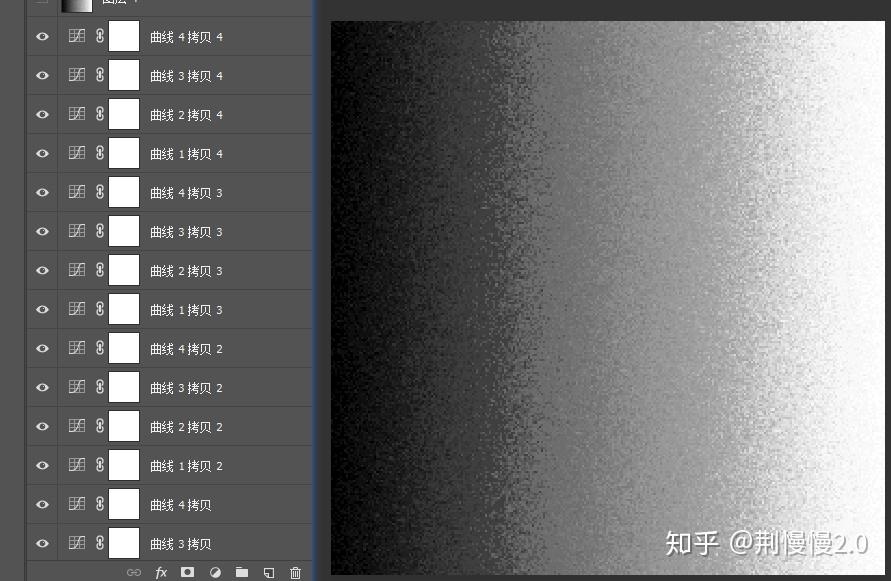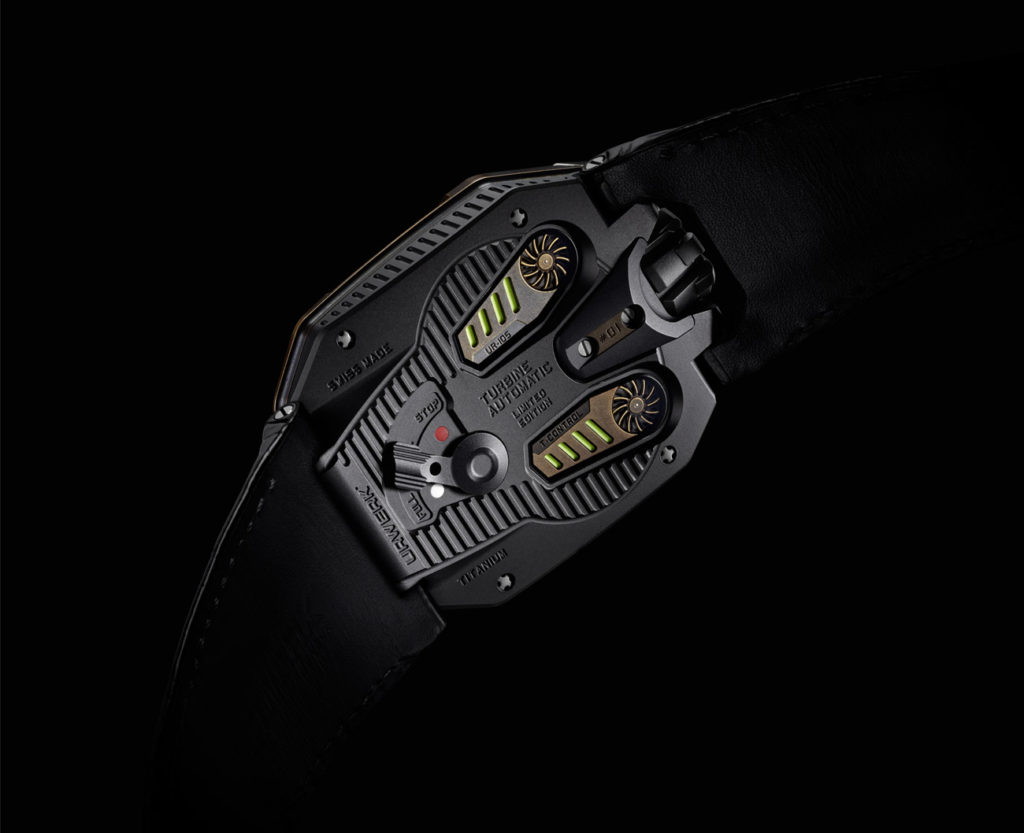


Log video image with a Kodak 2939 LUT applied When Use LUTs A creative LUT could be applied across an entire video project to give the video a sepia tone, or any other “look” that is desired. This is where the instagram filter analogy from earlier comes in.
#REC 709 LUT TV#
Think of these like the color profiles that most TVs have these days – if you change the TV settings from “standard” to “vivid” the image itself is not changed, just the way your TV is presenting it to you. 709 on a monitor so it doesn’t look washed out. For example a camera recording in a Log profile might be set to display the footage as Rec.
#REC 709 LUT HOW TO#
They allow you to make well informed decisions on how to light a scene on set, or color correct the footage during post production. They ensure that your monitor is displaying colors accurately within a specified color space.

Where the RGB colors overlap in 3D space they blend together to form more colors. The X, Y, and Z coordinates of the cube correspond to red green and blue. They can be visualized as a 3 dimensional cube. 3D LUTģD LUTs place both color and luma in 3D space. These separate adjustments make it so the 3x 1D LUT is not able to create complex color transformations or saturation adjustments. For example every pixel with a value of 8 might be raised to 120 – which would lighten those pixels in the resulting image.ģ of these LUTs can be combined to create a 3x 1D LUT – each color channel would have it’s luminance values adjusted separately from the others. They take the luminance input values in an image and convert them to a different output value. 1D LUTġD LUTs are used for basic corrections like brightness and contrast. Without going into too much detail, here are the basic differences. There are two main types of Look Up Tables – 1D and 3D. Log video image with a black and white look up table applied Different Types of LUTs LUTs can serve many utilitarian functions in addition to creating stylized looks for your footage. If it was written as a math problem it would be Source + LUT = Result You might apply a LUT that emulates a particular film stock.Īll of the above scenarios are doing the same thing – taking the input RGB values of an image and changing them to different values as defined by the Look Up Table. You could apply one that makes the image black and white, while increasing the contrast. You might apply a LUT that converts your Log gamma curve to Rec.
#REC 709 LUT PROFESSIONAL#
They can be an easy way to give your footage a more polished and professional look with minimal effort. With a LUT you can try many different looks on your footage in a matter of seconds. Look Up Tables allow you to quickly stylize video with complex color grades. You can think of LUTs like an instagram filter – when you apply a filter the colors of your image are changed in predefined ways. 709 Look up table applied to half the image What is a LUTĪ Look Up Table, or LUT as they are commonly called, is a set of mathematic instructions that transform the colors of an image from one numerical value to another.


 0 kommentar(er)
0 kommentar(er)
